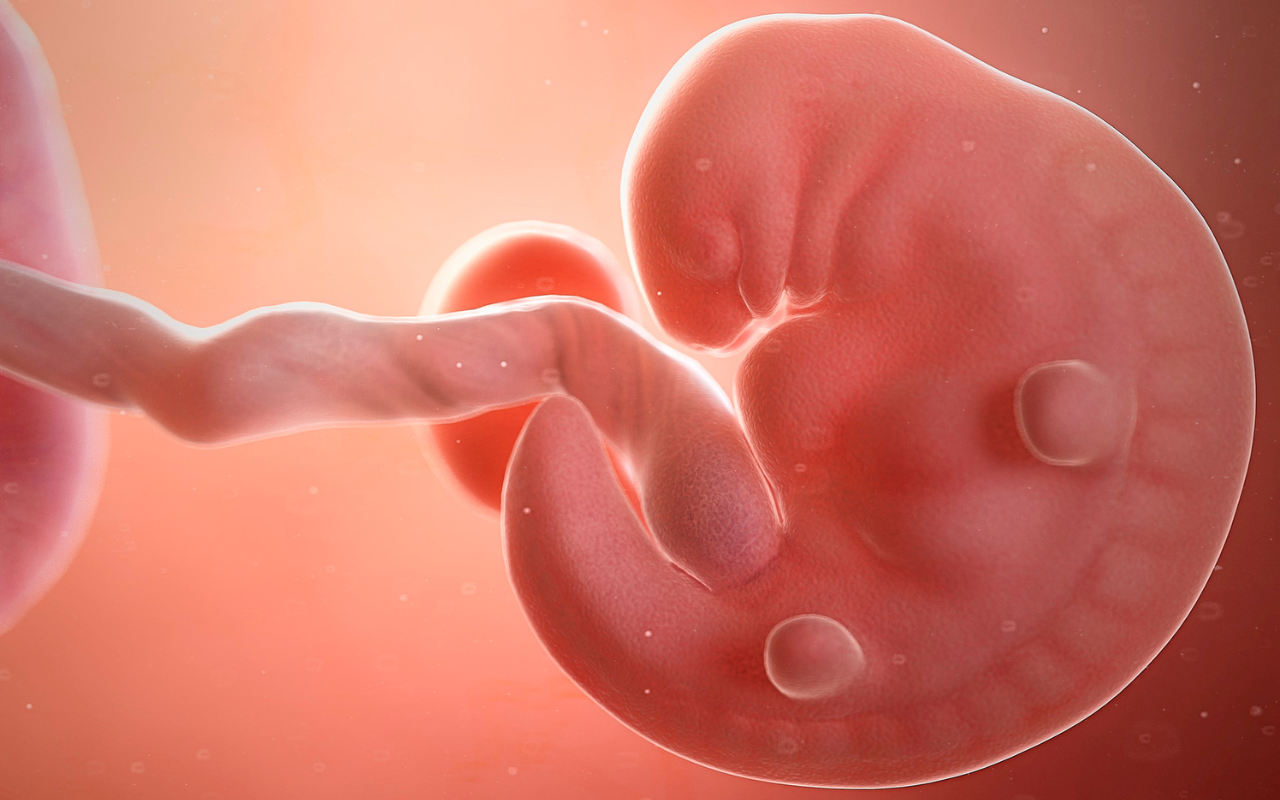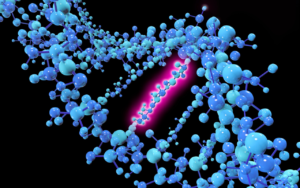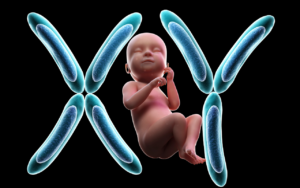Embryonic development, a captivating process initiated by the miraculous fusion of an egg and sperm, unfolds into a symphony of life as the embryo evolves from a single cell into a complex organism. This journey, encompassing the stages from fertilization to gastrulation, is an intricate ballet of cellular interactions that lay the groundwork for the body’s intricate design. Understanding the remarkable phases of embryonic development, including cleavage, blastula formation, implantation, and the transformative gastrulation stage, unveils the blueprint for our body’s formation.
Embarking upon the voyage of embryonic development, we witness the dance of genes and cells in perfect harmony. The initial fertilization event sparks a chain reaction of cell divisions, guiding the transformation from a single fertilized cell to a blastocyst, a hollow structure that signals the onset of gastrulation. During this transformative phase, the blastocyst undergoes gastrulation, resulting in the emergence of three primary germ layers—ectoderm, mesoderm, and endoderm. These layers dictate the destiny of cells, orchestrating the development of tissues, organs, and systems that collectively form the intricate tapestry of life.
Table of Contents
1. Fertilization: The Conception of Life
Fertilization, a pivotal process in embryonic development, marks the inception of life. This intricate event occurs when a sperm cell successfully penetrates the egg’s protective layers and fuses with its nucleus. This fusion results in the formation of a zygote, the very first cell of the future organism, containing a complete set of genetic information from both parents. The zygote then embarks on a series of rapid divisions through mitosis, generating a multicellular structure known as a blastocyst. This initial phase lays the foundation for the remarkable journey of embryogenesis.
The process of fertilization is a highly coordinated and intricate dance of molecular interactions. The sperm’s journey through the female reproductive tract is guided by chemical cues and physiological changes, ensuring its arrival at the egg’s location. The sperm’s plasma membrane fuses with the egg’s cell membrane, enabling the transfer of genetic material. The fusion of the sperm and egg nuclei results in the formation of a diploid zygote with the full complement of chromosomes. This genetic diversity ensures that each individual inherits a unique combination of traits, setting the stage for the diverse characteristics that will emerge during development.
Fertilization not only initiates the process of embryonic development but also triggers a cascade of events that prepare the zygote for cell division and growth. As the zygote undergoes cleavage, it transforms into a blastocyst, setting the stage for implantation in the uterine wall. The successful fusion of sperm and egg brings together the genetic material from both parents, dictating the individual’s inherent characteristics and potential. By comprehending the intricacies of fertilization, we gain insights into the very origins of life and the beginning of a remarkable journey that culminates in the formation of complex organisms.
2. Cleavage: Building Blocks of Life
In the mesmerizing journey of Embryonic Development, the process of cleavage emerges as a fundamental cornerstone. Cleavage serves as the building blocks of life, propelling the embryo through a rapid series of cell divisions that lay the groundwork for its intricate formation. This pivotal phase follows fertilization, wherein the zygote undergoes successive divisions, resulting in the creation of smaller, specialized cells known as blastomeres. The awe-inspiring aspect of cleavage lies in its ability to generate multicellular complexity without compromising the overall size of the embryo.
The Process of Cleavage in Embryonic Development
The process of cleavage is an awe-inspiring spectacle within the realm of Embryonic Development. It is a dynamic sequence of cell divisions that not only amplifies the cell count but also orchestrates the formation of a solid ball of cells, aptly named the blastula. This remarkable process occurs without accompanying growth, ensuring that the embryo’s dimensions remain relatively constant. Each division produces blastomeres, laying the foundation for the embryo’s subsequent stages. The orchestrated precision of cleavage highlights the remarkable intricacies at play as life takes shape on a cellular canvas.
Embryonic Development Unveiled: Cleavage’s Intricate Dance
As we delve deeper into the tapestry of Embryonic Development, the process of cleavage shines as a beacon of life’s complexity. These divisions, resembling a choreographed dance, unfold in perfect synchrony to carve out the embryo’s destiny. The blastula’s emergence is a testament to the elegance of nature’s design, a sphere composed of cells that hold the potential for infinite possibilities. In the grand symphony of development, cleavage is the initial note, setting the stage for the awe-inspiring story that will unfold, from the unity of fertilization to the intricate differentiation of the germ layers during gastrulation.
3. Blastula Formation and Implantation
The process of blastula formation and implantation stands as a critical juncture in the journey of embryonic development. After a series of rapid cell divisions during cleavage, the embryo transforms into a blastula—a fluid-filled sphere housing an inner cell mass poised to give rise to the future embryo. This stage marks the beginning of the complex process of implantation, where the blastula attaches to the uterine wall, initiating the crucial exchange of nutrients between the developing embryo and the maternal bloodstream.
Blastula Formation: Laying the Foundation
The formation of the blastula follows the rapid cell divisions of cleavage, resulting in the development of a hollow, fluid-filled structure. This sphere encapsulates an inner cell mass that carries the potential to differentiate into the various tissues and organs that form the human body. As the blastula takes shape, it sets the stage for the subsequent stages of embryonic development, including gastrulation—a process that establishes the three primary germ layers essential for the formation of intricate body structures.
Implantation: Bridging Life’s Connection
Implantation is a remarkable process that solidifies the connection between the developing embryo and the maternal uterine lining. The trophoblast, the outer layer of the blastula, plays a pivotal role in this process by attaching to the uterine wall. This initial attachment paves the way for the formation of the placenta—a vital structure responsible for nourishing and supporting the growing embryo. The success of implantation is a crucial factor in determining the progress of embryonic development and ultimately shaping the blueprint of life.
In summary, blastula formation and implantation are pivotal steps in the intricate process of embryonic development. As the blastula takes shape and attaches to the uterine wall, it marks the beginning of a transformative journey that lays the groundwork for the formation of tissues, organs, and body systems. Understanding these processes not only sheds light on the origins of life but also holds insights into potential complications and developmental conditions that can arise if these steps are disrupted.
4. Gastrulation: The Blueprint of Body Layers
The process of gastrulation in embryonic development is a pivotal event that lays the foundation for the intricate structure of the human body. Gastrulation marks the transition from a simple, hollow ball of cells to a complex embryo composed of three primary germ layers: ectoderm, mesoderm, and endoderm. These layers serve as the building blocks for the diverse tissues and organs that make up our bodies.
During gastrulation, a mesmerizing series of cellular movements and interactions takes place. Invagination, migration, and differentiation play a crucial role in shaping the embryo’s future form. The outermost layer, the ectoderm, gives rise to the nervous system, sensory organs, and skin. The mesoderm, formed in the middle layer, contributes to muscle, bone, circulatory structures, and more. The innermost layer, the endoderm, develops into vital organs like the digestive and respiratory systems. This orchestrated ballet of cellular transformations sets the stage for the complex symphony of life that follows.
Understanding the process of gastrulation is not only fascinating from a developmental perspective but also has profound implications for medical research. Insights into how errors or disruptions during gastrulation can lead to congenital conditions or developmental disorders help us comprehend the origins of certain health challenges. As we delve deeper into the mechanics of gastrulation, we unveil the awe-inspiring mechanisms that sculpt life itself, reminding us of the marvels hidden within the earliest stages of existence.
5. Neurulation: Formation of the Nervous System
Neurulation stands as a pivotal and captivating phase within the intricate tapestry of embryonic development. This remarkable process serves as the foundation for the formation of the nervous system, an intricate network that orchestrates the body’s functions. Neurulation commences during gastrulation, a critical period in which the three primary germ layers – ectoderm, mesoderm, and endoderm – take shape. Amid this transformative stage, the ectoderm, the outermost germ layer, embarks on an astonishing journey of its own – the process of neurulation.
Understanding the Process of Neurulation: A Glimpse into Nervous System Formation
The process of neurulation unfolds with a series of intricate cellular events that culminate in the creation of the neural tube, the precursor to the brain and spinal cord. The initial trigger for neurulation stems from the mesoderm, a neighboring germ layer, specifically a structure known as the notochord. The notochord’s influence induces the ectodermal cells directly above it to undergo a transformation, initiating a sequence of folding and fusion. This fusion eventually results in the formation of a hollow, tube-like structure – the neural tube. The neural tube then differentiates into distinct regions, each destined to evolve into various parts of the central nervous system. Furthermore, cells neighboring the neural tube give rise to neural crest cells, which disperse throughout the embryo to give rise to an array of essential components, including peripheral nerves and certain facial structures.
The Significance of Neurulation: Bridging the Gap in Embryonic Development
Neurulation’s role in embryonic development cannot be overstated. It lays the groundwork for the intricate nervous system, a vital conduit for communication and control within the body. Disorders or disruptions during neurulation can result in severe developmental issues, underscoring the critical importance of understanding this process. By unraveling the secrets of neurulation, researchers and medical professionals strive to gain insights into the origins of neural tube defects and other congenital conditions. This profound knowledge not only enriches our comprehension of human development but also fuels advancements in medical intervention, offering hope for healthier beginnings in the realm of embryonic growth.
6. Conclusion
In the awe-inspiring journey of life, embryonic development stands as a testament to the incredible complexity and beauty of nature. From the moment of fertilization, when two microscopic entities unite, to the intricate phases of cleavage, gastrulation, and neuralation, the blueprint of existence unfolds in a symphony of cellular processes. The key phrase “Embryonic Development” encapsulates this profound narrative, a tale of transformation that paves the way for the creation of every organ, tissue, and system within the human body.
By comprehending the intricate stages of embryonic development, we gain not only a deeper understanding of our origins but also insights into the origin of various medical conditions and congenital disorders. This knowledge empowers researchers, healthcare professionals, and educators alike to unravel the mysteries of life and work towards better treatments and preventive strategies.
As technology advances, our ability to explore the nuances of embryonic development deepens. From groundbreaking research in stem cell therapies to innovative diagnostic techniques, the applications of understanding this journey are vast and far-reaching. Moreover, the SEO-friendly keyword “Embryonic Development” acts as a gateway to knowledge, allowing seekers to access the wealth of information available on this captivating topic.
In conclusion, the saga of embryonic development is a remarkable reminder of the intricate dance of life. From the initial fusion of genetic material to the intricate orchestration of cellular movements during gastrulation, each phase holds the promise of creation and potential. As we continue to unlock the secrets of our own formation, we uncover not just scientific insights, but a profound appreciation for the beauty of existence itself.




